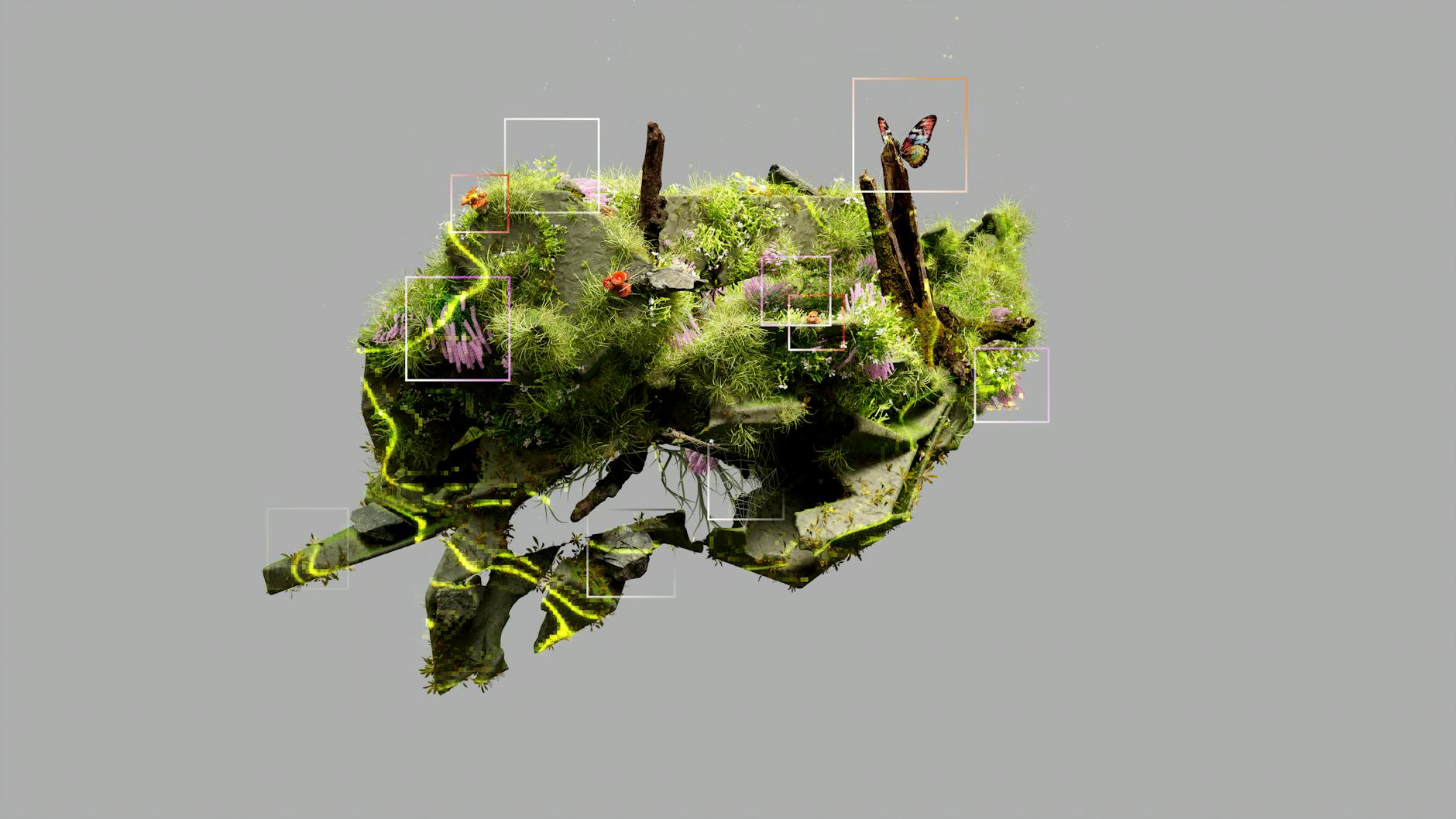The ‘Cinematic’ Illusion: Why Google’s Latest AI Video Might Just Be Playing Catch-Up

Introduction: In the rapidly accelerating race for generative AI video supremacy, Google has unveiled Veo 3.1, its latest bid for enterprise relevance. While the release boasts an expanded toolkit and promises greater control, a closer look reveals a technology struggling to differentiate itself in an arena increasingly defined by breathtaking realism and intuitive ease. Is Google truly innovating, or merely iterating in the shadow of its more visually impressive rivals?
Key Points
- Google’s Veo 3.1 prioritizes granular control and integrated enterprise workflows, suggesting a strategic pivot to B2B applications where feature sets often trump raw visual fidelity.
- Despite expanded narrative and audio capabilities, early feedback consistently pegs Veo 3.1’s raw output quality, particularly its “cinematic” aesthetic, as notably inferior and less natural than competitor models like OpenAI’s Sora 2.
- The model’s pricing structure, while predictable, combined with its perceived quality deficit, raises serious questions about its value proposition for businesses seeking high-impact, cutting-edge video solutions.
In-Depth Analysis
Google’s narrative around Veo 3.1 emphasizes control, customization, and seamless integration into existing developer and enterprise ecosystems via Flow, Gemini API, and Vertex AI. This is a clear strategic play: rather than chasing the viral “wow” factor of hyper-realistic, unprompted video generations, Google is building a more robust, if less visually stunning, toolset for businesses. Features like multi-modal inputs (text, images, video), reference image guidance for style and appearance, scene extension beyond 30 seconds, and the introduction of “Insert” and “Remove” functionalities are indeed valuable additions for professional content creators. The inclusion of native audio generation for dialogue and ambient sound is a pragmatic step, eliminating tedious post-production work and streamlining workflows for internal training, marketing, or digital experiences.
However, the “why” and “how” of these features must be critically examined. While impressive on paper, these capabilities often feel like a necessary evolution rather than a revolutionary leap, designed to address glaring gaps in previous iterations or to match functionality already present or promised by competitors. The original piece notes a “cinematic, polished and a little more ‘artificial'” look compared to Sora 2’s “handheld and ‘candid’ style.” For a seasoned observer, “cinematic and polished” in the context of AI generation can often be code for a distinct, sometimes sterile, artificiality that struggles with organic nuances and the physics of the real world. This isn’t just an aesthetic choice; it speaks to the underlying generative model’s fundamental understanding of reality. For enterprises where authenticity and brand consistency are paramount, an “artificial” look, no matter how “polished,” could be a significant deterrent. The focus on API and enterprise channels underscores Google’s attempt to carve out a niche where feature depth and integration might compensate for raw visual output, but in a rapidly maturing market, quality disparities are increasingly difficult to overlook.
Contrasting Viewpoint
While Google touts enhanced narrative control and expanded features, the real-world sentiment from early adopters paints a more sober picture. Experienced AI founders and creators, far from being delighted, have expressed “disappointment,” directly stating Veo 3.1 is “noticeably worse than Sora 2” and “quite a bit more expensive.” This isn’t merely a preference for different artistic styles; it’s a stark judgment on core output quality and value. The continued cap at 8-second base generations, despite claims of longer outputs via extensions, raises questions about the model’s fundamental generation capabilities versus its post-processing tools. Moreover, critical issues like inconsistent character appearance across changing camera angles – a challenge Sora 2 reportedly handles more elegantly – and the absence of custom voice support or direct voice selection, highlight practical limitations that directly impact enterprise-level professional production. The claim of 275 million videos generated since Flow’s launch five months ago sounds impressive, but without context on the quality or professional utility of those videos, it could merely reflect widespread hobbyist experimentation rather than robust enterprise adoption. The skepticism isn’t about the existence of features, but their efficacy and competitive standing.
Future Outlook
The immediate 1-2 year outlook for Veo 3.1 is a challenging one for Google. While its enterprise-focused toolkit and integration capabilities are strategically sound, the persistent gap in raw visual fidelity compared to rivals poses a significant hurdle. Enterprises, while valuing control, ultimately seek compelling, high-quality content. If Google cannot close this perceived quality gap swiftly, its “predictable pricing” might become less attractive when pitted against superior output from competitors, even at a potentially higher cost. The biggest hurdles will be rapidly iterating on the foundational model to achieve more naturalistic outputs, improving character consistency across complex scenes, and addressing the “artificiality” critique. Furthermore, the market will likely see increased demand for bespoke AI voices and higher resolution options as standard. Google’s advantage lies in its vast cloud infrastructure and developer ecosystem, but without a truly cutting-edge generative core, its enterprise play risks becoming a feature-rich, yet visually underwhelming, option in a segment where “good enough” is rapidly being redefined by “stunning.”
For more context on the broader landscape of generative AI advancements, delve into our analysis of [[The Race for AI Foundation Models]].
Further Reading
Original Source: Google releases new AI video model Veo 3.1 in Flow and API: what it means for enterprises (VentureBeat AI)